When the Old-Timers Go Marching In (Part 1) [i]
2K12 Kub (SA-6) missile system in recent wars
This and the following articles will address the use of old air defense missile systems in recent wars. Even if they were introduced 50 or more years ago, they still present clear and present danger and can put a punch if applied properly even though the wheel of time has already placed them into 'retirement’ age.
The series of articles includes 2K12 Kub (SA-6), S-125 Neva (SA-3 Goa), S-75 (SA-2), HAWK, and S-200 (SA-5), systems with a brief retrospective of their development and composition with emphasis on the modernization and conversions and application in the most recent wars.
The first in the series is the 2K12 Kub system.
About 2K12 Kub
The development of the 2K12 ‘Kub’ air defense system was set by the Decree of the Central Committee of the CPSU and the Council of Ministers of the USSR dated 18 July 1958. The ‘Kub’ complex was supposed to ensure the defeat of air targets flying at speeds of 420-600 m/s at altitudes from 100-200 m to 5-7 km at ranges up to 20 km with the probability of hitting the target with one missile no less than 0.7. At the same time, Soviet Air Defense (Protiv Vozdushnaya Oborona) had a similar requirement which was realized through the SA-3 Goa (S-125 Neva) system. Naturally, the design objectives were similar but more ambitious than those for the S-125/SA-3 Goa. The biggest difference was in the mobility and the short reaction time.
Very difficult problems were also solved when designing the missile. The supersonic ramjet rocket motor ran not on liquid, but on solid propellant. This excluded the possibility of adjusting propellant consumption in accordance with the speed and altitude of the missile. In addition, the missile was made without a booster - the charge of the starting motor was placed in the volume of the afterburner of the ramjet motor. For the first time on an anti-aircraft missile of a mobile complex, a semi-active Doppler radar homing head replaced the command radio control equipment.
The design concept was for a single self-propelled 1S91 fully mobile engagement and fire control radar system, with an integrated target tracking and acquisition radar, controlling a group of four 2P25 self-propelled series Transporter Erector Launcher (TEL) vehicles, each with three 3M9 series missiles mounted on the rotating platform. This generic battery structure would be supported by several 2T7 transloaders/transporters, carried on the ZIL-157 truck reloader.
After a very long development and successful completion of the tests and by the decree of the Central Committee and the Council of Ministers of the USSR on 23 January 1967, the complex was adopted by the Army Air Defense Forces.
SA-6 Battery
This basic tactical independent combat unit is a battery. Each battery of a modernized Kub/SA-6 system, as a minimum, consists of:
target tracking and fire control radar 1S91M ‘Straight Flush’;
self-propelled launcher 2K25 with three 3M9M missiles, and
9S417 radio and data transfer van.
The 1S91 self-propelled fire control and engagement unit, NATO code name ‘Straight Flush’, consists of two radar stations - the 1S11 air target detection and targeting radar and the 1S31 precision target tracking and illumination radar for semi-active missile homing guidance, as well as means for target identification, navigation, topography, relative orientation, radio-telecode communication with self-propelled launchers, a television-optical sight, an autonomous power supply (a gas turbine electric generator was used), antenna lifting and leveling systems
1S91 Target Acquisition and Tracking Radar (SURN) has a crew of four:
Commander,
first operator (target tracking 1S11 radar),
second operator (precise tracking and illumination 1S31 radar),
driver.
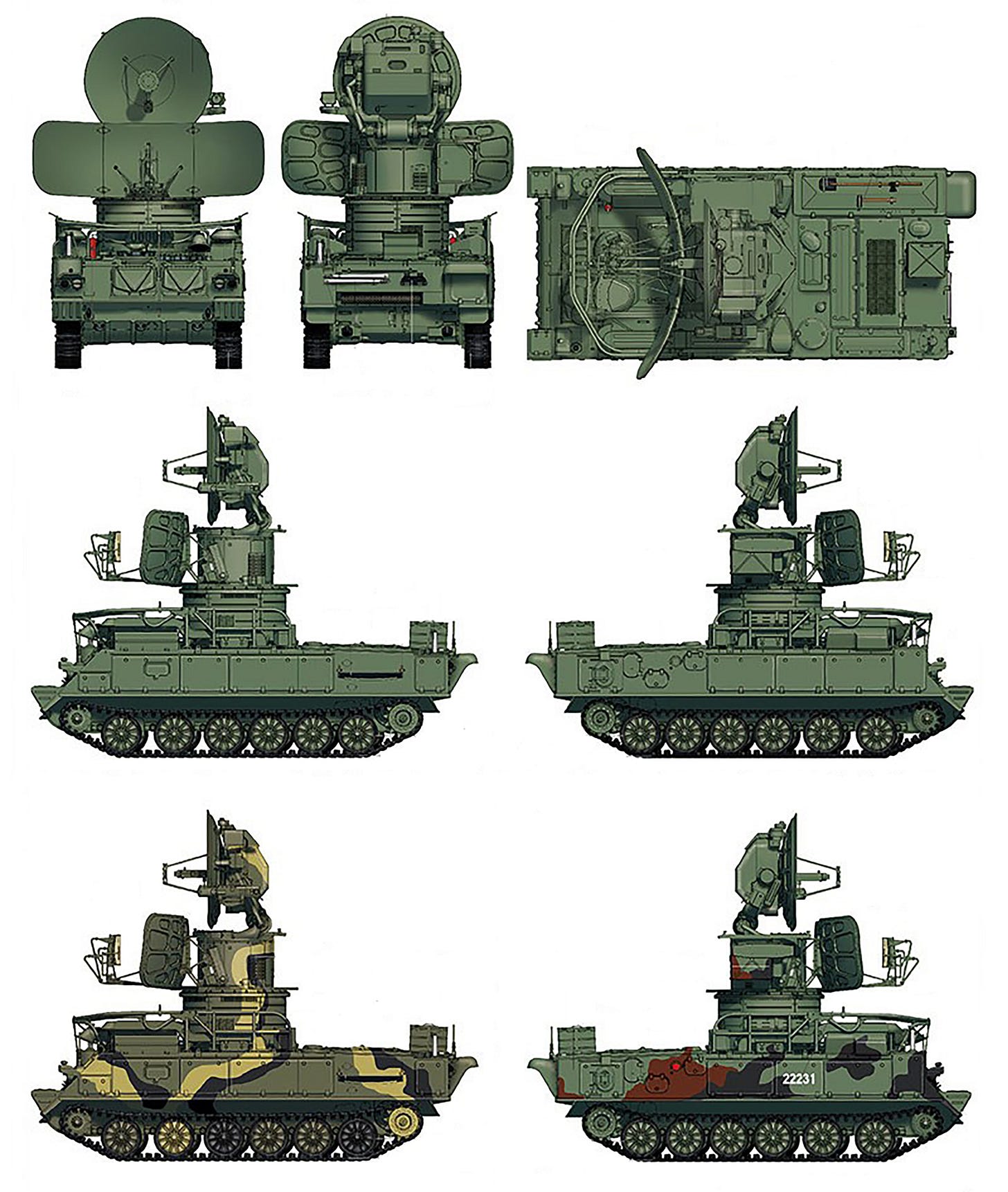
The 2P25 self-propelled launcher (TEL – Transporter Erector Launcher) is placed on the GM-578 chassis with a rail guide platform that can accommodate three missiles. The launcher has electric-powered tracking drives, a computing device, navigation equipment, orientation and topography devices, communication equipment, missile prelaunch control, and an autonomous gas turbine electric unit.

Much more about the system can be found in:
"Three Fingers of Death: 2K12 Kub (SA-6 Gainful) Missile System"
(https://www.amazon.com/Three-Fingers-Death-Gainful-Missile/dp/1775395383)
As the system in its basic configuration is obsolete by today’s air defense standards and depends on the single radar station for target tracking and missile guidance (which makes it vulnerable), of interest is the optical tracking system, which allows the operator to acquire and track the target without turning on the fire control radar. This is basically a passive surveillance system but greatly depends on the information from other areas and regional air defense about the direction of the enemy's cruise missiles and drone approaches. The system is designated as a 9Sh33 and uses a TV camera for visual angle tracking of targets. The disadvantage of the original optical tracker is that it can be used only during daylight. “TV mode”, which wasn’t defined in the standard operating and engagement procedures, uses a TV camera system to search for targets, and the the missiles are launched without turning on the radar. Just a few seconds after missile launch, the radar is turned on (target and missile illuminator), thus shortening the cumulative emission by 40%. The use of this method also resulted in excessive missile consumption. 9Sh38 consists of a TV camera (KT-101) paired with 1S91 radar (plus antenna) and VPU-55 receiver, middle block PB-107, and spare parts. This system can be modernized with night vision capabilities and thermal imaging for use during the night.
The main combat assets of the system that perform combat duties are:
self-propelled unit having fire control and engagement radar 1S91 (SURN)
self-propelled launcher (SPU) 2P25, and
3M9 missiles.
The above-mentioned combat assets can perform the basic combat duties independently or within the system. Independent actions are limited to the overall system limitations and, in modern warfare, are rarely used. Even with this limitation, it can still be used against drones and cruise missiles. However, it can’t be used effectively against modern combat airplanes.
Modernization Programs
The 2K12/SA-6, after 50+ years in service in many countries, is by modern standards obsolete. However, replacement of the air defense system is a very expensive task. Modernization and upgrades are some cost-effective measures but modernization has certain limitations. Because of the costs, many countries decided to keep their old AD systems and try to improve their present capabilities. It is also less expensive to utilize already-trained operators to man these systems than to teach them the operation of new types of equipment.
As the 2K12 systems are still in use in many countries worldwide, including the former Warsaw Pact countries which are now members of NATO, some NATO member countries decided to modernize the generic systems for their forces as well as to offer the improved systems to the foreign customers. Besides NATO countries, some other countries also implemented indigenous modernizations.
Ukrainian modernization
Kwadrat 2D system is a modernized and digitalized Russian K12 Kub SAM, developed by the Ukrainian Ukrobrononservice. Modernization resulted in a significant increase in the detection range and increased reliability. Secondly, the target detection time has been significantly reduced.
2K12-2D Kwadrat 2D system was presented during the Kielce salon in the form of a modified 2P25M launcher, along with the 1S91M1 radar station. In both cases, the changes covered mainly the replacement of the elements that had been developed 50 years earlier, with the use of modern digitalized components. This is a similar modernization to the one implemented in the case of the Polish Newa-SC systems, modernized by the Zielonka-based WZE (Military Electronic Works JSC) facility.
As a result of the Ukrainian modernization and ‘digitalization,’ Kub’s operational reliability was improved, operations and maintenance were easier, and the costs and operating workload of the system were reduced. Additionally, the system was fitted with a simulation component which reduces training costs. The option of detecting the targets with the use of optronic devices, including thermal vision, was also implemented.
According to the data provided by the manufacturer, the 2K12-2D Kwadrat-2D system is capable of detecting 4th generation fighters at distances of up to 38 kilometers (in comparison with the prior range of 30 kilometers). Secondly, the launcher is capable of detecting low-flying cruise missiles at distances exceeding 20 kilometers. Automated data transmission also shortened the reaction time two to four times – starting from the moment of detecting and identifying the target to the event of launch. This offers an increased probability of neutralizing the threat – the success rate has gone from 60-80 to 85%.
The above is not a solution that will make it possible for the obsolete missile system to compete against state-of-the-art counterparts. However, the modernization package gives the less-wealthy users a chance to increase the capabilities of the system.
Lithuanian modernization
Lithuanian company ‘LiTak-Tak’ performed major modernization and upgrades that include:
Improved survivability and control capabilities.
New data processing algorithms.
Increased engagement and kill envelopes.
New GPS-based positioning and navigation system.
Significantly reduced maintenance and power consumption.
Crew protection from HARM.
Upgrades are up to the level of 2K12-ML “Kvadrat-ML” and performed to meet the following objectives:
Restore the service life of the SAM to 15 years by replacing 99% of the old component base with a new one.
Increase combat capabilities through the installation of high-performance computers.
Improve ability to conduct effective combat operations, and destroy all classes of air targets in the complex electronic-jamming environment.
Increase reliability up to 1,500 hours of MTBF.
Reduce power consumption.
Reduce crew count.
Simplify SAM operation procedures.
Composition:
Self-propelled reconnaissance and guidance radar 1S91-ML;
Self-propelled launcher 2P25-ML – 4 units;
Transporting-loading vehicle 2T7M – 2 sets;
Spare parts, tools, and accessories kit.
Supporting systems:
Remote command and control post (RCCP);
Technical battery;
External power supply;
Radars P-18ML / MARS-L / PRV-16ML
Romanian modernization
In Romania, 2K12/SA-6 is categorized as a medium-range system. The idea of Romanian modernization is to equip the system with different types of missiles.
Three different types of missiles are loaded on the 2P25 launcher.
Romanians installed ESSM, Spyder–MR, and 3M9. These versions include mounting beam modifications to affix the desired missile launching beams.
Czech Republic modernization
The Czech company Retia and the French company MBDA offer modernized SA-6 systems with upgraded 1S91 Straight Flush radar, in which almost the whole system—the 1S11 and 1S31 surveillance and fire control radar electronics and the target illuminator—have been upgraded and now have a new communication system and new operators’ workstations. The 1S91 vehicle upgrade starts with the repair of the chassis and superstructure. The original equipment was replaced by new subsystems and cable trees. New units are installed into modified original frames. This huge replacement allows the optimization of system level, performance, and reliability. The commander console and fire control radar operator console are designed to reduce the complexity of the operation and the operator’s workload. Operators make decisions and set tasks, while routine tasks are performed by software. All units include built-in test equipment (BITE) for easier maintenance and repair. All BITE reports are presented on the commander’s console.
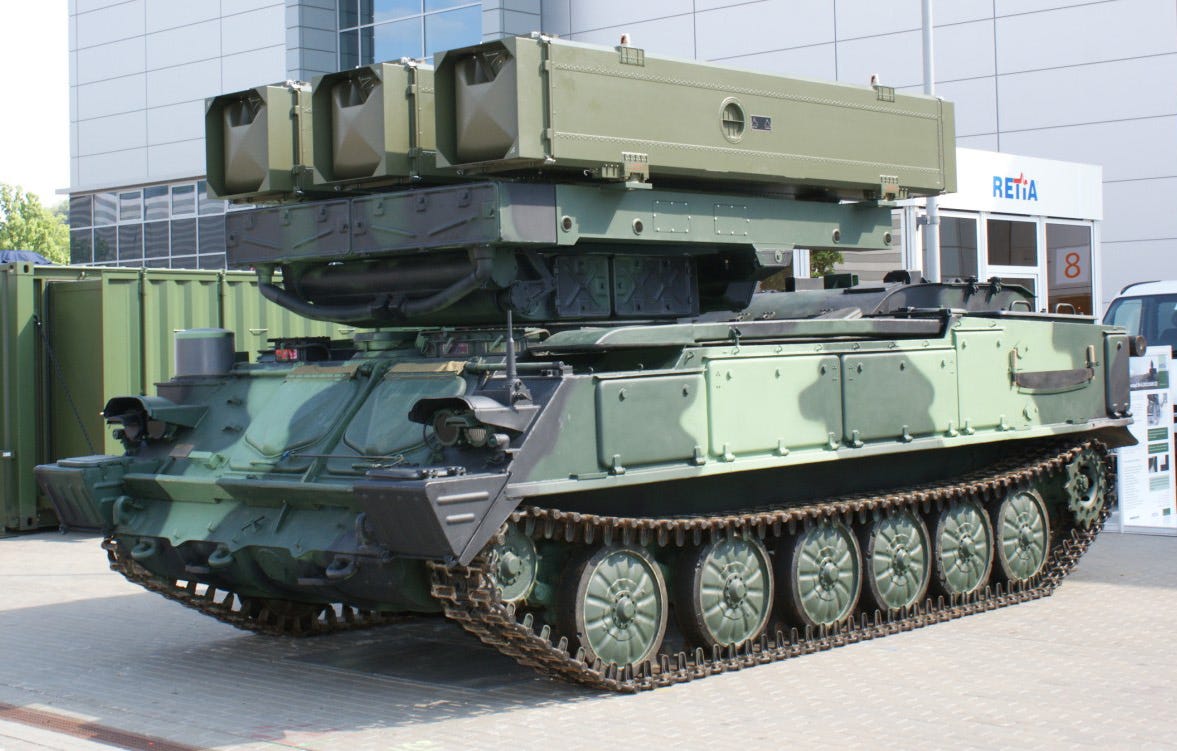
Main Upgrade Benefits Include:
Easier Operation and reduced crew workload.
Improved Parameters of Signal and Data Processing.
Improved Performance of Day/Night Vision Equipment.
Increased ECCM Capabilities.
Decreased effects of deceptive Jammers.
Angle of Jammer Indication.
Digital data link to superior center.
Mk XII IFF Interrogator integration.
New Missile: Aspide 2000.
This improvement also brought some disadvantages. The intercept coverage is only 23 kilometers while the original was about 27 kilometers. The new system can track, intercept, and engage the target from altitudes of 25 meters up to 12 kilometers while the original system can engage up to 14 kilometers. The main problem with the Aspide 2000 missile is that the top speed is only 1.8 Mach while the original 3M9 missile's top speed is 2.8 Mach. In terms of key engagement ability, this version is still inferior in missile speed, range, and maximum altitude compared to the original Soviet-made system.
Polish and Hungarian modernization
The modernization of Hungarian Air Force capabilities started in the mid-1990s. After the collapse of the Warsaw Pact, East European countries tried to solve their military defense problems independently. Earlier—during the Warsaw Pact era—all countries had their independent- and Warsaw Pact integrated air defense systems. As the Cold War situation melted, Hungarian politicians and military experts decided to reduce Hungarian air defense capabilities. First, they reduced the army's organic air defense artillery; second, the home air defense missile capabilities were eliminated step–by–step, and later the army's organic air defense missile units were integrated into one. So nowadays, only the HUAF missile AD regiment “Arrabona” exists in Győr.
The Polish company “WZU” modernized the 1S91 Straight Flush radar and the Hungarian company “ARZENÁL” modernized 2P25 launchers. The main effects of the modernization and overhaul of this weapon system are as follows:
Increased resistance to passive and active interference.
Increased detection of low radar cross-section targets.
Passive day and night target acquisition with long-range thermal vision and television cameras.
Application of IFF8 (target identification) system (Mark XII Mode 4) standard.
The use of advanced spare parts allows the supply of replacement parts necessary for normal operations.
Introduction of advanced methods and algorithms for digital data processing,
Enhanced radio-electronic camouflage ECCM9 by application of radar sector blinking system.
Elimination of adjustments and tuning for upgraded systems.
Increased capability to launch state–of–the–art (fire and forget) missiles.
Integration of dehumidification system.
Air-conditioned crew cabin.
After the completion of the fire unit-level modernization, the Hungarian “Arzenal Company” commenced to modernize the former Soviet K–1M SAM unit command post to a K–1P digitalized Wing (regiment)/ Group level Fire Distribution Centre. The K–1M was able to receive orders from the higher echelon and send them to subunits, but it was not able to get RAP. It just used local radar signals as LAP. That is why combat operations were based on local sensor data.
As Hungary became a NATO member, this modernization had to be able to solve NATO requirements meaning that air defense missile unit employment had to be taken according to NATINADS rules and procedures. Thus, the new K–1P was designed and built to meet these fire control requirements.

Polish with United States missiles modification
As mentioned previously, Polish company WZU proposed significant modernization to both 1S91 and 2P25 components. Very interesting is the cooperation with the US in the incorporation of the Sparrow missiles.
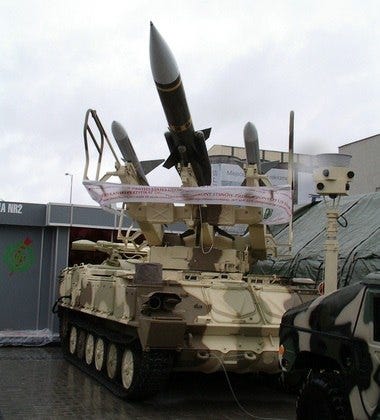
The US is the newest participant in the game of rejuvenation. Under the Franken SAM project in the United States, hybrid air defense systems with a combination of Western and Soviet elements were developed for delivery to Ukraine. It was reported that several versions of Franken SAM were created and tested. The first one is with the integration of old US ship-based RIM-7 Sea Sparrow missiles and their aviation analogs AIM-7 Sparrow into the 9A310M (from 9K37 Buk system) missile launchers. The second system included a 2K12 Kub modification with 1S91 SURN radars and outdated American air-to-air AIM-9M Sidewinder short-range missiles on a 2P25 launcher. There is also 2P25 with Sea Sparrow. Besides this, there are also rumors of OSA AKM modification with AIM-9M. The last rumor is the Patriot older missiles used on one of these systems (which is a big ???).
Serbian modernization
Serbian modernization was performed on the command vehicle and surveillance radar. 1S91M2 modernization included the installation of a new optical camera with thermal vision. Self-propelled surveillance radar 1RL128D, designated OARSt62 in Serbia, was equipped with a new digital semiconductor moving targets selection system DBSO-128 (Digital constant reflector); the radar tract was replaced by a new digital semi-conductor type. The radar transmission tract has been preserved. The new equipment also includes a new formation of digital data UFDM-128 (digital data creation device).
Digital extractors and trackers are also new. All three original circular radar screens are replaced with new flat panel display indicators based on a PK-51 panel computer. Modernized 1RL128D radar is equipped with the UM-RT-03 universal modem, which allows data transmission via radio station, radio relay connection, cable connection, or fiber optic cable connection.
The author of the UM-RT-03 universal modem is the Faculty of Technical Sciences FTN (Fakultet Tehničkih Nauka) from Novi Sad who carried out this work for the needs of Yugoimport SDPR. Part of the first stage of modernization work is also the adaptation of the radar altimeter PRV-16A to the possibility of remote surveillance radar control 1RL128D or from an automated UKUV command and control system. A visible change is the installation of the control panel UV-16 (Adjust the width for PRV-16), which is located in the lower parts of the radar operator console altimeter PRV-16A (1RL132A).
Serbian modernization also includes the installation of the IR-guided missile (air-to-air missiles R-60 x 2 missiles at the side beams and R-73 x 1 missile at the center beam combined with TV and thermal vision system.
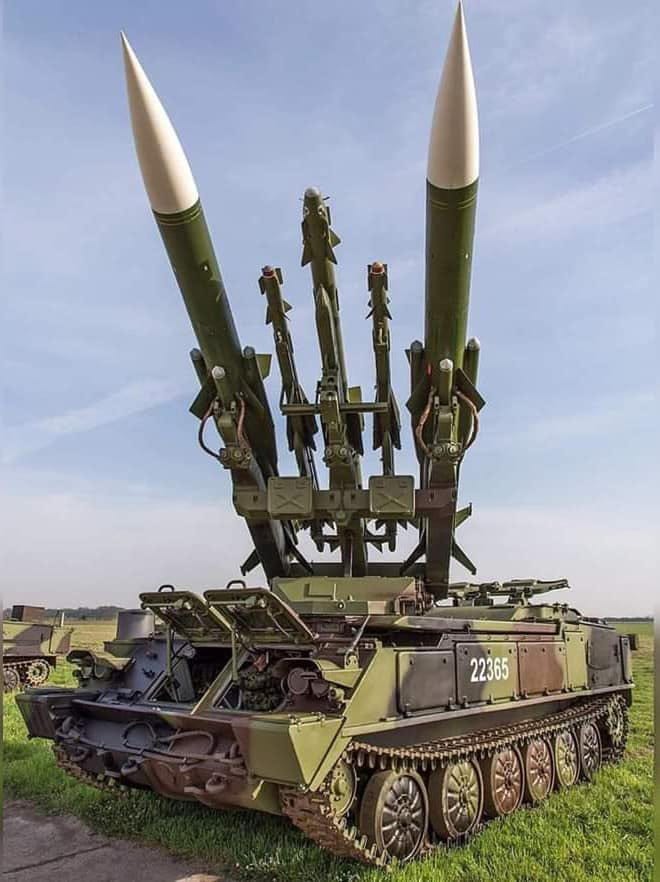
As Serbia maintains 2K12 in active service, the chance that it may be “donated” to Ukraine is zero.
Iraqi missile modernization
One of the interesting local modernization was performed in Iraq. After the invasion and occupation in 2003, US forces found the original Iraqi modification. This Iraqi version includes hybridization of the 3M9 missile with a seeker section from the Molniya/Vympel R–60/AA–8 Aphid heat-seeking air–to–air missile.
What is interesting in this hybridization is that the resulting heat-seeking 3M9 missile would retain similar susceptibility to flares or infra-red jammers but the whole engagement sequence would be devoid of the continuous wave (CW) illumination for the terminal phase of the missile’s flight. As a result, the target would only have the command uplink signals and terminal phase from 1S91 tracking signals detected by the radar warning receiver to warn about the approaching missile. While the defensive countermeasures equipment relies on the CW signal to jam the detected missile seeker, the heat-seeking head would not be detected which could be potentially very effective and catch the target off-guard.
What is interesting in this development is that the technical people (engineers and designers) were able to rebuild the missile, and mix its capability with another one to create an entirely new capability, which makes it more dangerous, mainly when no one is expecting this type of variant from the original one. For now, it is not known how advanced this modified missile was, if it was ever used during Operation Iraqi Freedom, or how effective it was. But based on the sheer capabilities of the 3M9 missile and heat seeker from the R-60 missile, it is realistic to conclude that the pilots in the airplane equipped with standard missile jamming equipment should always take into consideration that there is a modified heat-seeking variant around.
For now, it is unknown if this modification has been performed in any Ukrainian or other European countries, but as a concept, it looks interesting.
Old-timer in use
Ukraine
When Russia unleashed a Special Military Operation, as almost always categorized as full-scale war by the West, the loss of the Ukrainian air defense equipment became alarming and the Western allies scrambled to collect whatever was possible from the ex-Soviet systems and send them to Ukraine. For example, Slovakia, under the promise of replacing its S-300PMU air defense system, shipped it to Ukraine just to see it destroyed before getting into a combat position. Greece also has the same system but objects to sending it. However, regarding the mobile systems, 2K12 Kubs are available, but these systems, except for a few mentioned modernizations, are as they were in the mid-80s, which means they are not suitable either because they are not maintained or don't function. Czech Republic and Slovakia donated/transferred their old 2K12 Kvadrat (export Kub version) version to Ukraine and it is already in service. Ukraine may be able to assemble one functional battery from both donations. The other problem is a human component - the operators: as these systems were phased out in the '80s or '90s and rarely used by Ukraine after some trials, there are no qualified operators available except those who retired a long time ago. There was no training for the junior staff, and some time is required to master the system again. Ukraine can pull some operators from the reserves or out of retirement, but that is not a long-term solution. 2K12 and S-125 are, for example, only for a transition period when or if the new modern Western systems become available in any significant number, if available at all.
Regarding the particular situation in Ukraine, necessity drives innovation: As seen in the previous text, it was a trend (and still is) to merge Soviet-made launchers with the older (and available in large numbers) Western-made surface-to-air and air-to-air missiles. As the stock of the old Soviet missiles in Ukraine is depleted and there are no available supplies, some Western companies are performing "merging" modifications as an interim solution. According to Alexander Kamyshin, the minister of Ukrainian strategic industries, the first combat use of the “hybrid” Franken SAM air defense system was on the night of January 17. It was stated that a Shahed loitering munition was shot down by a complex of an unspecified type from a distance of 9 km. This claim should be taken with a grain of salt.
Let's now elaborate on all of these systems against the Russian onslaught:
2K12 has a weak point, and that is the 1S91 radar, which is the brain of the system. Without this, all launchers, no matter what kind of missiles are on the launching beams, are useless. With this, any employment at the front line or in the vicinity of the front will be nothing short of an invitation for disaster. However, in the “second echelon” role of the air defense deep in the territory, there is still some modus of employment.
What does this mean? Assuming that allies can assemble several radars and launchers in working condition, modernized or not, 2K12 can be used in an area defense role—guarding the critical military and civilian infrastructure and objects deep in the Ukrainian territory. For example, this can include regions of Western Ukraine that are considered relatively safe from manned Russian fighters and bombers.
Critical stationary objects are prone to UCAVs and cruise missile attacks. To counter them, the 2K12 can be used. The parameters of the systems allow engaging both of them either in the full radar operation mode or using the optical targeting equipment. Deep inside the Ukrainian territory, there is a smaller chance that the crucial 1S91 vehicle may be attacked by the anti-radiation missiles compared to the chance at the front line. However, this is not a guarantee that Russia will not use long-range fighters in SEAD missions or aerial decoys to activate and locate the individual vehicles just to be attacked in the second wave. In an auxiliary air defense role, there is a place for 2K12. How this role can be exploited depends on the overall strategy. The system is something that shall not be disregarded. It is still in use in Yemen, for example, and it is just a matter of time before skilled Yemenis may achieve their first victory against the coalition.
This can include regions of Western Ukraine that are considered relatively safe from the manned Russian airplanes.
As the attack commences in waves, one battery can engage drones and cruise missiles in their area of responsibility, obeying strict rules of engagement. One of these rules may be the disciplined use of the fire control radar, without lengthy emissions and acting only under the direction of the region air defense HQ. Any longer activities with the search and fire control radar will mean an almost certain hit from the Russian SEAD teams. Because of mobility, the battery is relatively easy to relocate to a new combat position. This is a huge advantage compared to, for example, S-125 or HAWK systems, which are semi-mobile.
The disadvantage is that skilled people are needed—someone who passed extensive training in equipment handling. As there is no time to fully train mobilized troops, superior AD command must rely on experienced but retired people who still need to be re-trained. The advantage is that this re-training time is much shorter compared to full recruit training. For this reason, in the published photos of these old-timers, it can be observed that there are many more gray-haired crew members than beardless novices.
Yemen civil war and US & UK led aggression
The US-led “Prosperity Guardian” coalition recently started the task of protecting Israeli shipping in the Red Sea against the Houthi attempt to stop the genocide in Gaza. The coalition began bombing Yemen in retaliation, which raises the question of the usefulness of the 2K12 again in the region.
The 2K12 was resurrected during the civil war in Yemen. Houthi rebels claimed several coalition airplanes (led by Saudi Arabia) were shot down using an indigenous modification named ‘Fater’—which uses components identical to the 3M9 used with the 2K12 Kub/Kvadrat (SA-6 ‘Gainful’) system.
The U.S. military said that the MQ-9 drone was shot down over Yemen on 6 June 2019 by what it suspects was a Houthi-launched 3M9 missile.

On 14 February 2020, the Houthi rebels announced they had downed a Saudi Tornado in the northern al-Jawf province, in Yemen. Later on the same day, a Royal Saudi Air Force spokesperson said that at 23:45LT on Friday evening, an RSAF Tornado jet crashed while conducting a CAS mission in support of the Yemeni National Army operations in Al Jouf governorate.’
Houthis have modified R-27T AAMs (air-to-air missiles) to be launched from pick-ups. The R-27 (AA-10 Alamo-B), is an IR-homing, missile with a maximum range of 63 km and a theoretical maximum allowed vertical separation of 10 km altitude. A modified R-27 was claimed to be responsible for the downing of a Saudi F-15 in 2018.
This modification may also be applied to 2K12 instead of the old 3M9 missiles. For this, no radar emission is necessary.
2K12 can't engage US & UK aircraft in a classic AD role without taking a very high risk of being hot, but may attempt to use ambush tactics and the ingenuity of its operators to launch modified IR-homing missiles against the unsuspicious coalition aircraft. Even one hit by the old-timer on a modern RAF or US Navy jet could have an impact that would affect the whole ongoing war. This can also work effectively against surveillance drones. The coalition can't prevent Houthis from targeting Israeli-, US-, and UK-linked ships in the Gulf of Aden and the Red Sea and they don't have enough resources for a serious attack. Houthis, on the other hand, have nothing to lose, and despite being at war for 9 years (first against a Saudi Arabia-led coalition and now a US-led one), they have a firm, unbreakable determination to do their best to stop the Israeli genocide in Gaza.
Bibliography:
D. Borojevic, M. Mihajlovic, Z. Vukosavljevic: Three Fingers of Death: 2K12 Kub (SA-6 Gainful) Missile System, MSM Publishing, Toronto
BOZSÓKI Attila: Developmental Trends in the SA–6 (2K12 KUB) Air Defence Missile Systems and the Finalized Developments in the Hungarian Air Force Surface–To–Air Missile System, Hungarian Air Force, Surface–To–Air Missile Wing 12th “Arrabona”, Győr, Hungary
WZU, Wojskowe Zakłady Uzbrojenia S. A., Poland
Zenitni Raketni Kompleksi PVO Suhoputniy Voisk, (1997),
Tehnika i Voruzhenie
Pervov, Mikhail (2012) Raskazi o Ruskih Raketah, Stolichnaya
Enciklopedia, Moskva.
Leonov, A.P. and others (2015) Voiskovaya Protivvozdushanay
Oborona 1915-2015, Zbornik.
ZRK Kub, Ruskie Tanki, (2013) Eaglemoss Collection
Voruzhenie PVO I RES Rossii (Air Defense Weapons and Electronic
Systems of Russia) (2011) Rosoboronexport, Moskva
Andersen. Yu. A., Drozhkin A. I., Lozik P.M. (1979) Protivvozdushnaya
Oborona Suhoputnih Voisk, Voeno Izdatestvo Ministerstvo
Oboroni SSSR, Moskva.
Zenitni Raketni Kompleksi PVO Suhoputniy Voisk, (1997),
Tehnika i Voruzhenie.
[i] Edited by Piquet (EditPiquet@gmail.com)
If you like the article (and much more articles regarding military subjects will come) you can buy me a coffee:
https://www.buymeacoffee.com/mmihajloviW

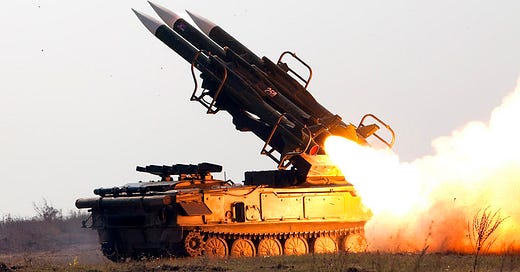




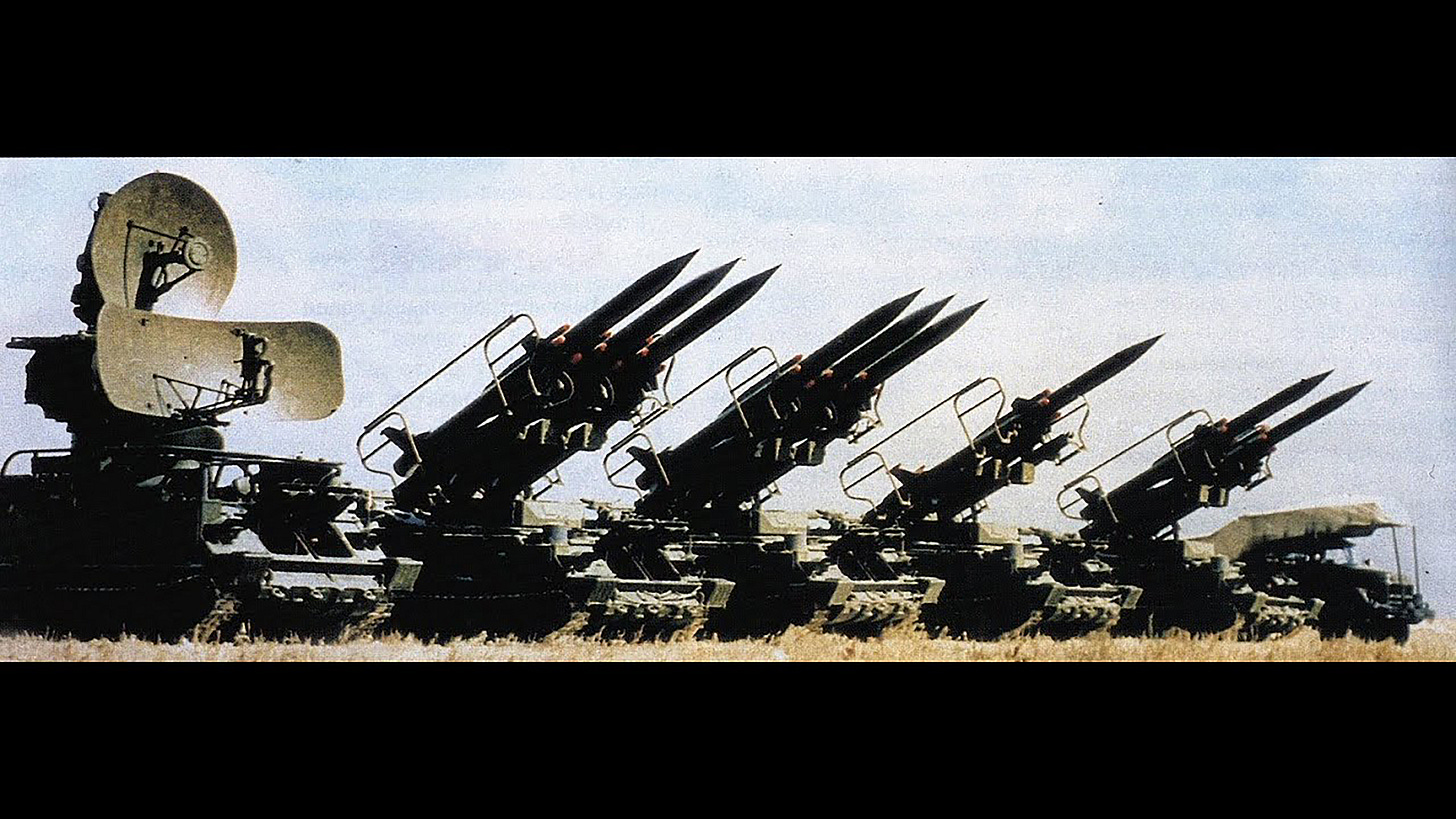
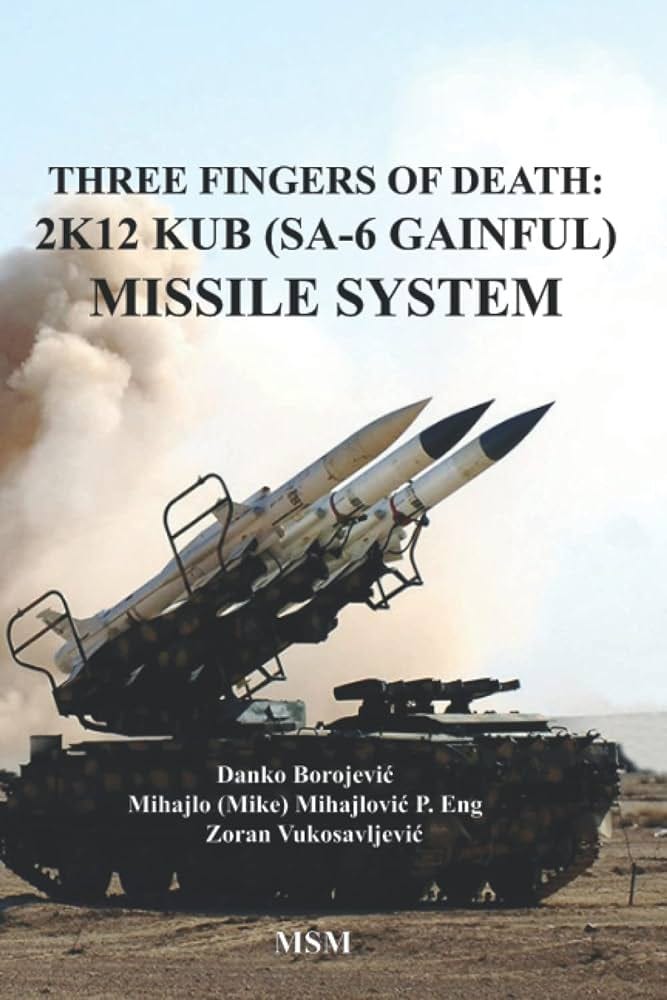
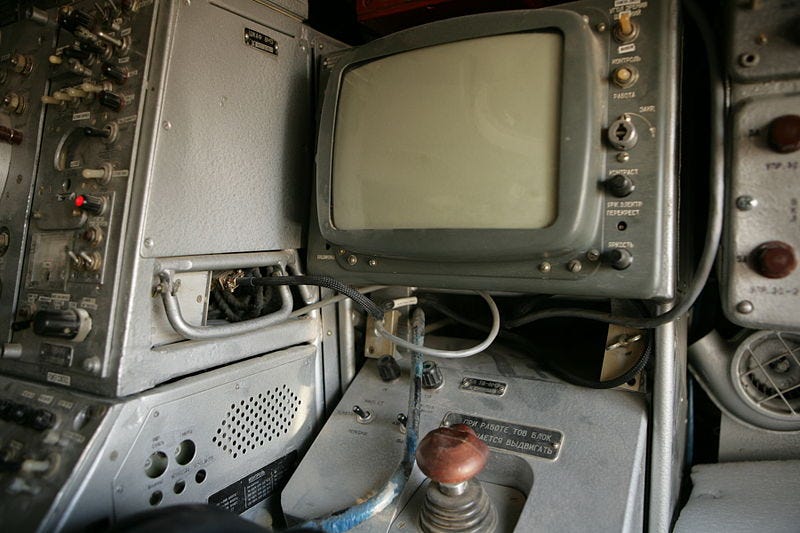

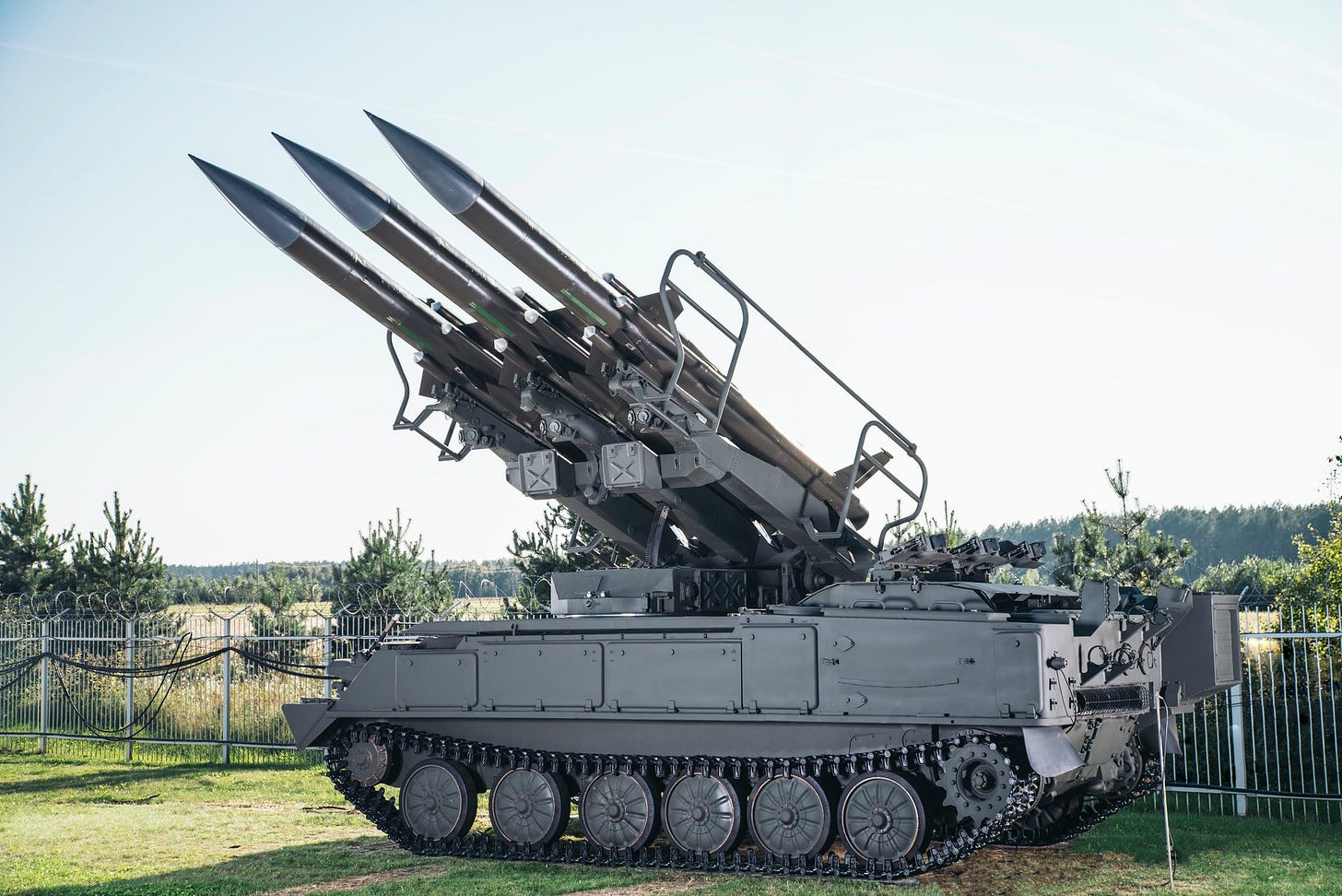

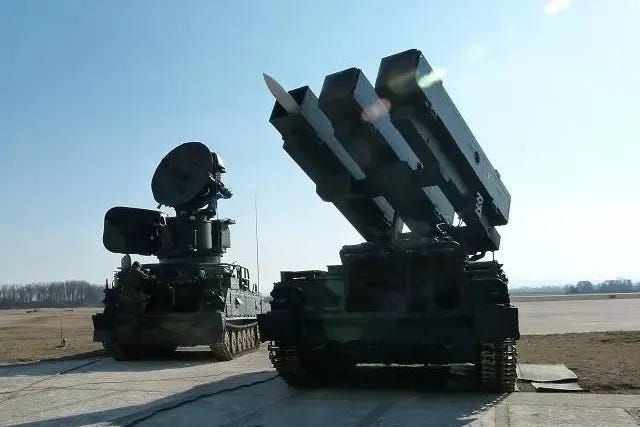

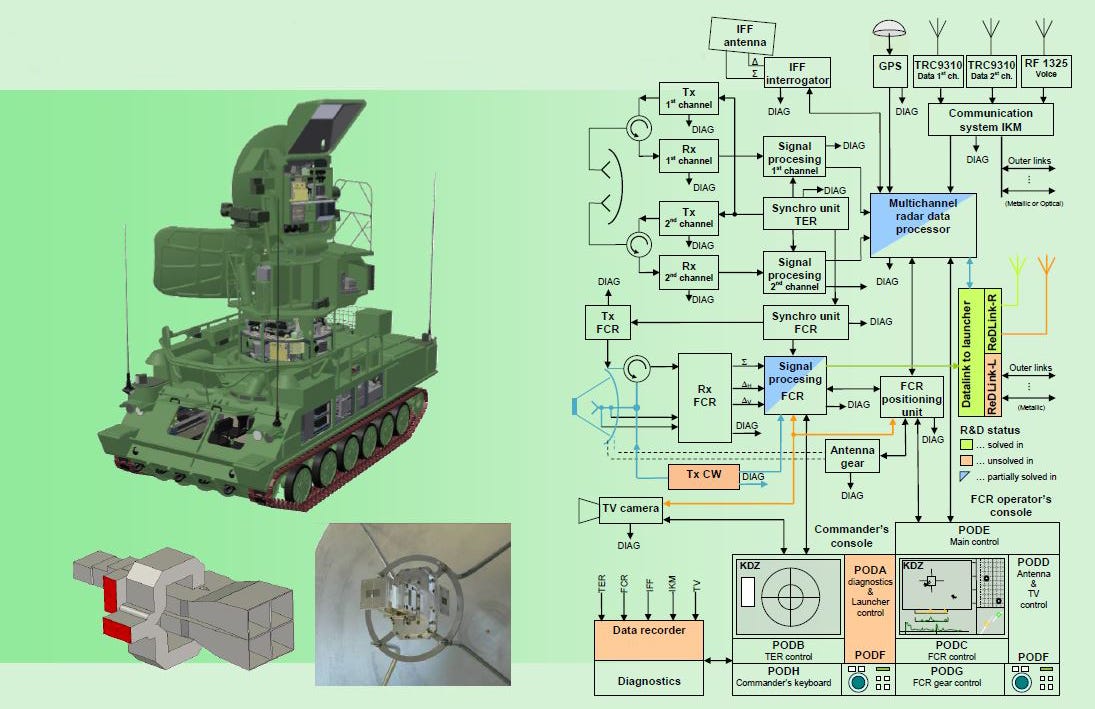


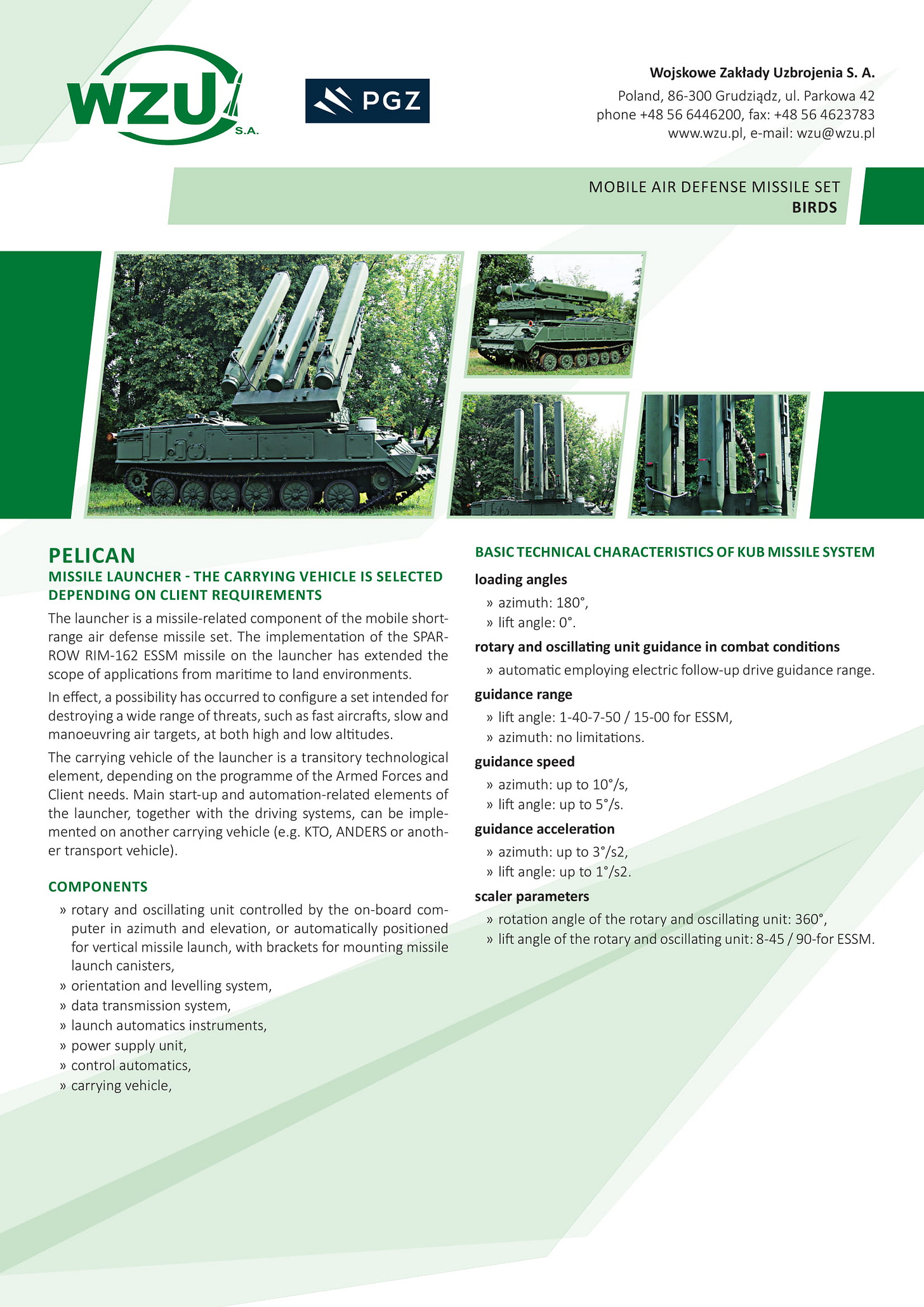
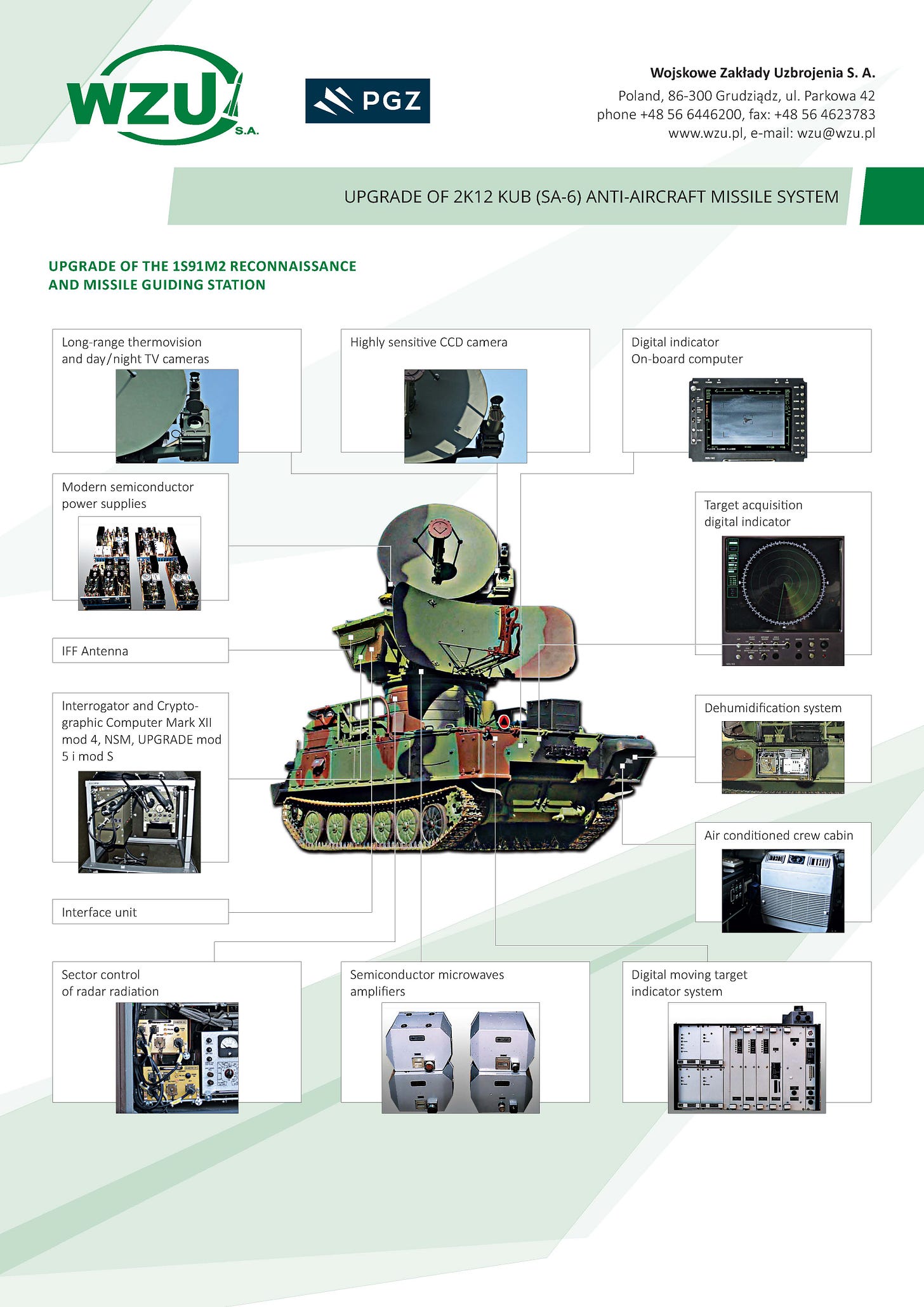



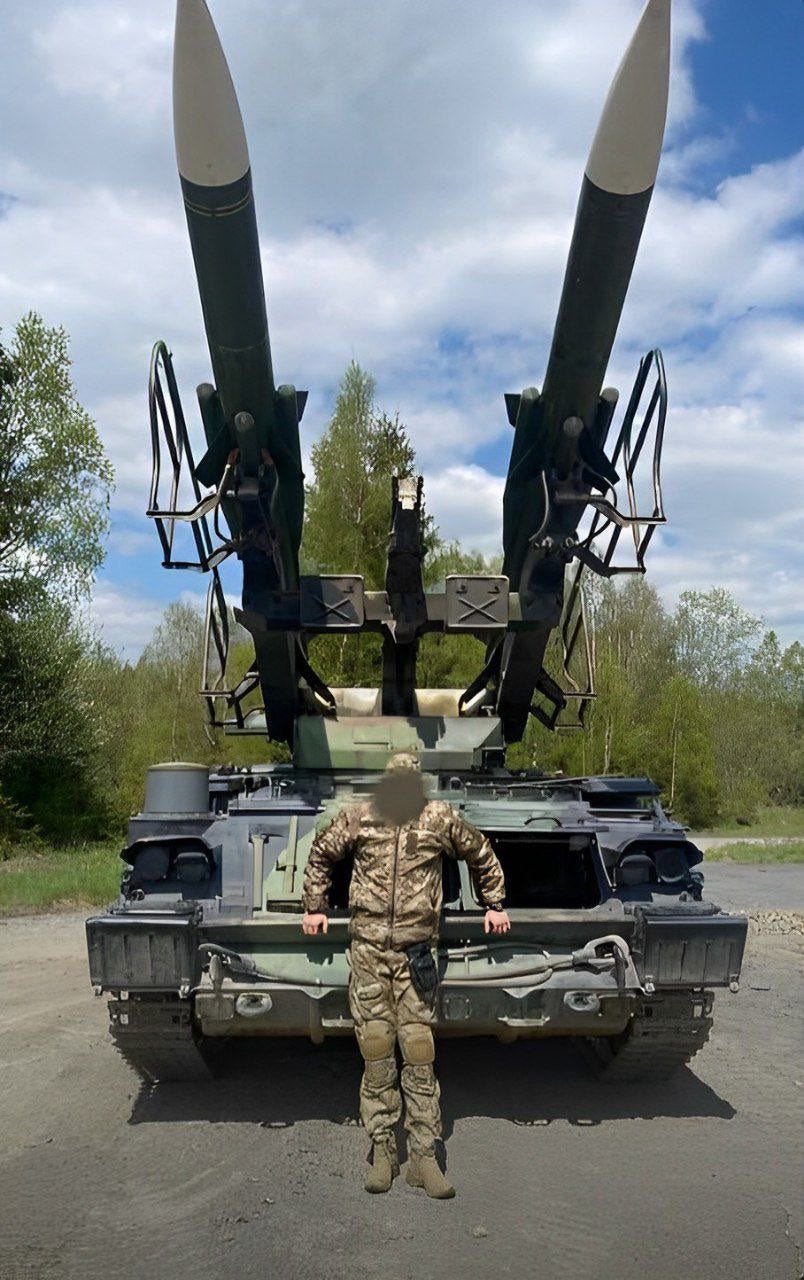

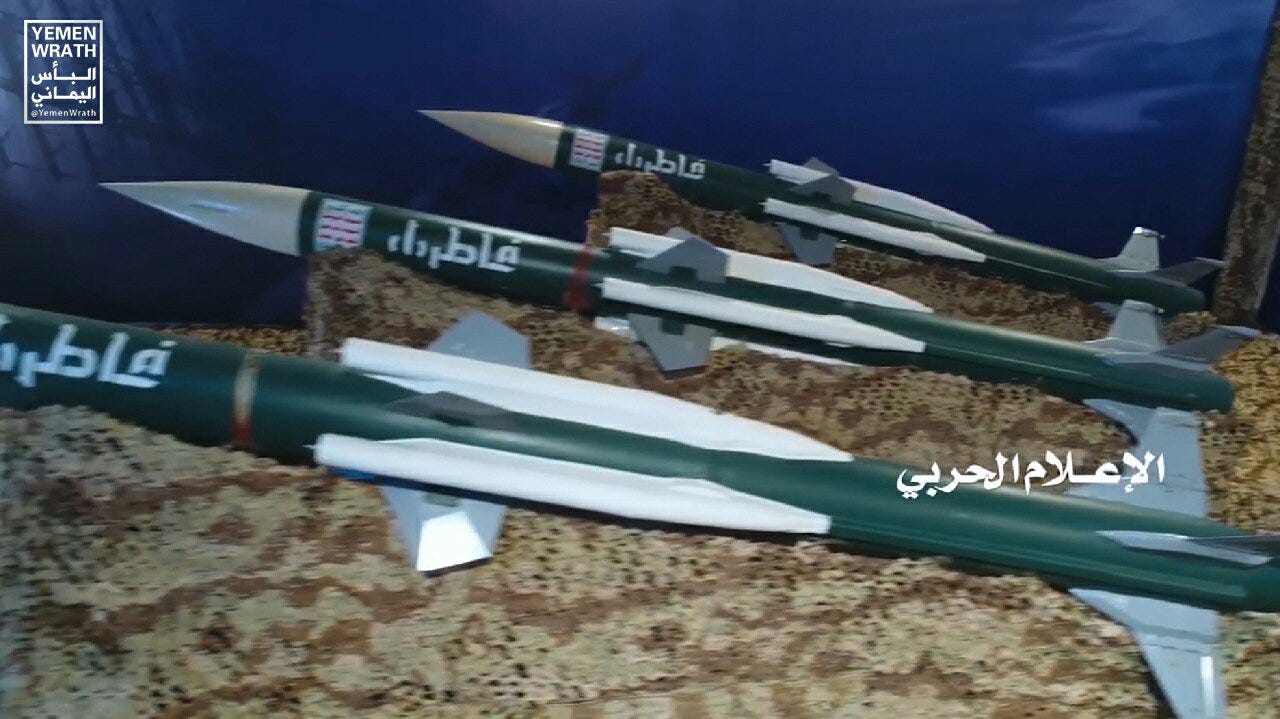
I thought this was going to be about increasing average age of frontline troops, but increasing average age of frontline equipment works too.
Bring back anti-drone pom poms or anti-air artillery with shrapnel bombs. Literally roll out the Great Patriotic War museum pieces with an enhanced rangefinder connected to a drone EM detector.
As an old US Army A.D.A. man It was interesting to see these old boys again.
We only got to see them in the manuals the Army would regularly hand out.